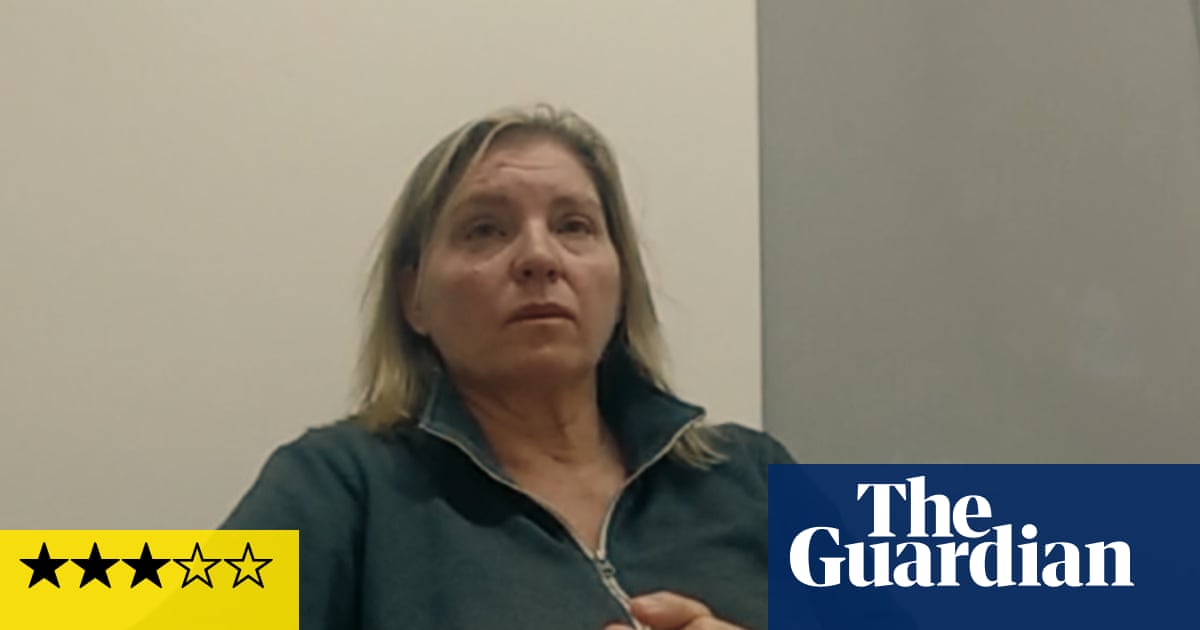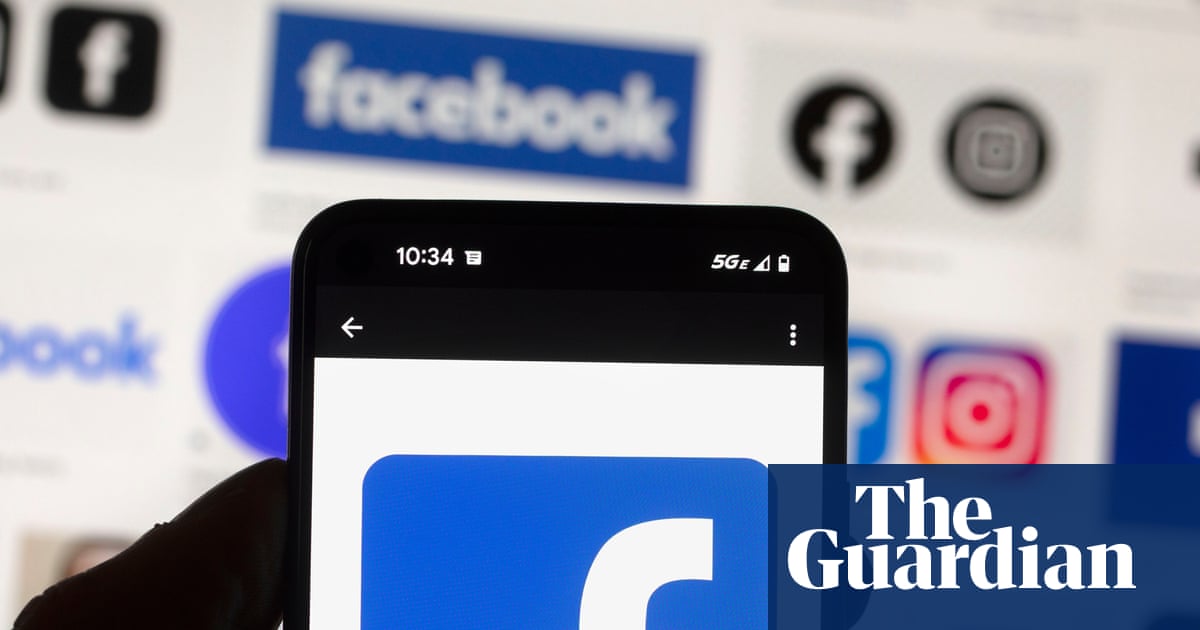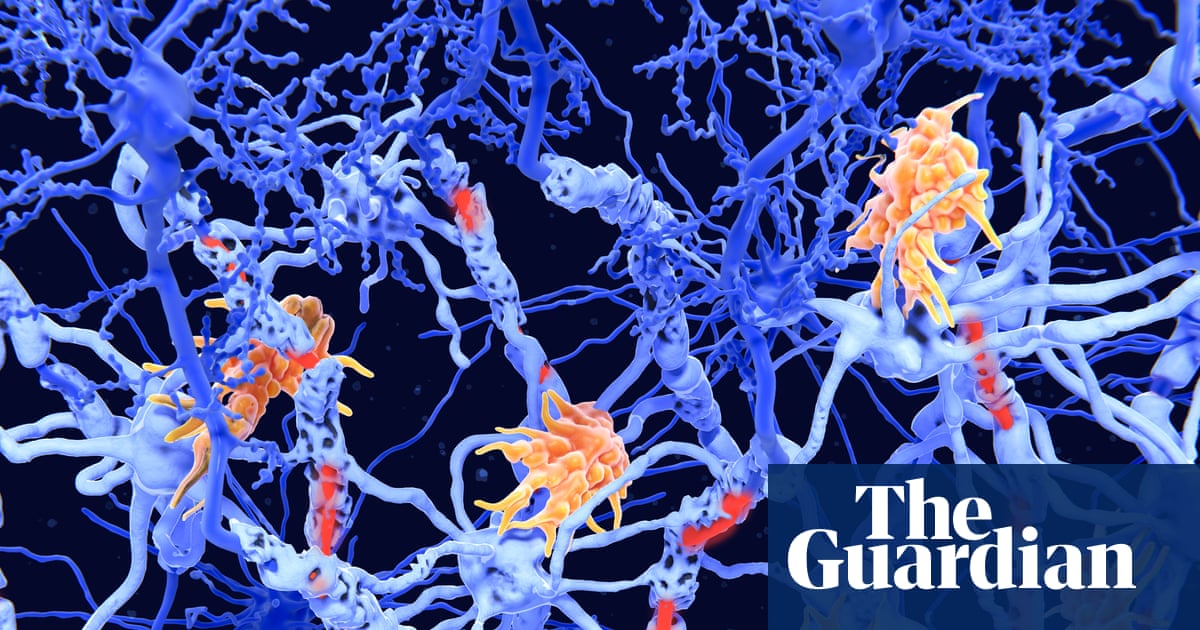Fewer than one in three teenagers with opioid use disorder receive treatment, according to a study published in this month’s Health Affairs journal that looked at the disorder in minors from 2022 to 2023.
In 2023, 557 teens died of opioid overdose, nearly threefold as many as in 2018, while adult opioid deaths only went up by 65% during this time, according to the study. Drug overdoses are now among the leading causes of death for US teenagers.
Manuel Cano, associate professor of social work at Arizona State University and lead author of the study, said it’s hard to know all the reasons opioid deaths have risen so much more among teenagers. One possible explanation is the availability of counterfeit pills that contain fentanyl, manufactured to look just like prescription opioids.
“Ten years ago, illicitly manufactured fentanyl was primarily something that people with a history of opioid use were using via injection or smoking,” Cano said, adding that now teenagers who are experimenting with drugs are more likely to encounter these pills or buy them through social media.
Fentanyl is highly addictive, but for teenagers who find themselves dependent on it, “there’s just no treatment available in many communities,” says Jessica Calihan, an adolescent medicine physician at Massachusetts general hospital and Harvard Medical School instructor.
“I’m in Boston – probably one of the most well resourced medical cities in the country,” Calihan said, but “we still struggle with getting young people into intensive care.”
In other parts of the country, even outpatient care and therapy for addiction is unavailable to teenagers, Calihan said.
“Even when the care is available, it may not incorporate what we know works,” Calihan added. Medication assisted treatments like naltrexone, suboxone, buprenorphine and methadone are the most effective available for opioid use disorder. But, as the study notes, less than 10% of the fraction of teenagers who are in treatment for opioid use disorder receive medication assisted treatment.
Such treatments are difficult to access even for adults. Methadone, especially, is inconvenient to access due to legal hurdles. The belief that medication for opioid use disorder compromises true sobriety also creates hesitation. Still, addiction medicine experts agree that medication is the best way to keep those with opioid use disorder alive.
“There’s prejudice and misunderstanding and a sense that we ought to let young people at least try non-medication treatment first,” said Marc Fishman, an addiction psychiatrist at Johns Hopkins University and medical director of Maryland Treatment Centers. “And then maybe if they fail non-medication treatment, we should allow the medication treatment. But that’s nuts. That’s not what the evidence says.”
When it comes to fentanyl addiction, failure of treatment can mean a fatal overdose, Fishman said. “That’s hardly an appropriate criteria.”
Until 2024, doctors were legally required to try other treatments for minors before prescribing medication assisted therapy, according to the study.
“In every other kind of medical treatment, if our loved ones are sick, it’s just intuitive and instinctive and natural that we try to help,” Fishman said. “If Granny won’t take her pills. If she’s not getting to her appointments.”
But people think about addiction differently. “That’s secret and shameful,” Fishman said, and often wrapped up in conflict. “Most of these families, when we first meet them, are in crisis. Yelling and screaming and mad, for good reason, right? Because the kid’s in trouble, dropped out of school and had an overdose and nearly died.” He said while this kind of anger is understandable, it’s not an effective strategy for fixing the problem.
Research to figure out what does work best for adolescents is still in progress, but we do know that we can’t just treat them as “shorter adults”, Fishman said.
“Adolescents have specific developmental needs and generally tend to have different sets of life circumstances, responsibilities, and stressors than adults,” Cano agreed.
Fishman says he’s found a few strategies that work in his own practice. One is to get the family and community involved in the adolescent patient’s treatment – with that patient’s input. “Whether it’s their families of origin, or an auntie, a granny, a boyfriend, a girlfriend, whoever it is, you select somebody that you care about, that you’re connected with, to be on your team,” Fishman said. This support person will be on group chats with the patient and their doctor, making sure they get to their appointments.
Another effective strategy is to reward patients for adherence to medication, “so you get prizes and money and bonuses if you get your shots or you take your medicine,” Fishman said. This is part of the contingency management treatment strategy, which addiction treatment providers also use to incentivize adults to get negative drug tests.
Calihan says that effectively treating adolescents is vital, not only for preventing overdose deaths, but for helping patients grow into adulthood. Her patients who are most in crisis are almost always those who started using at a very young age. Without early intervention, she worries today’s teens “likely will go on to develop much more severe use disorders”.

 3 months ago
42
3 months ago
42

















































